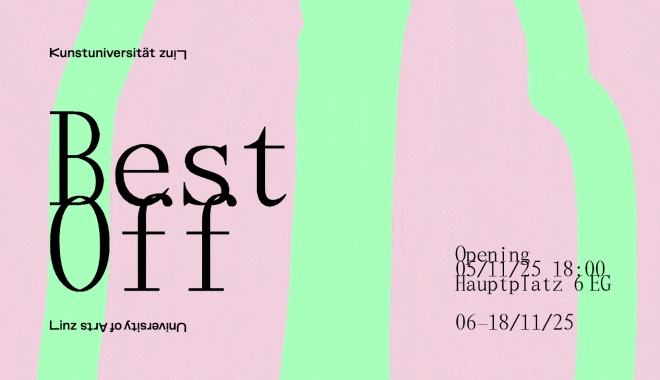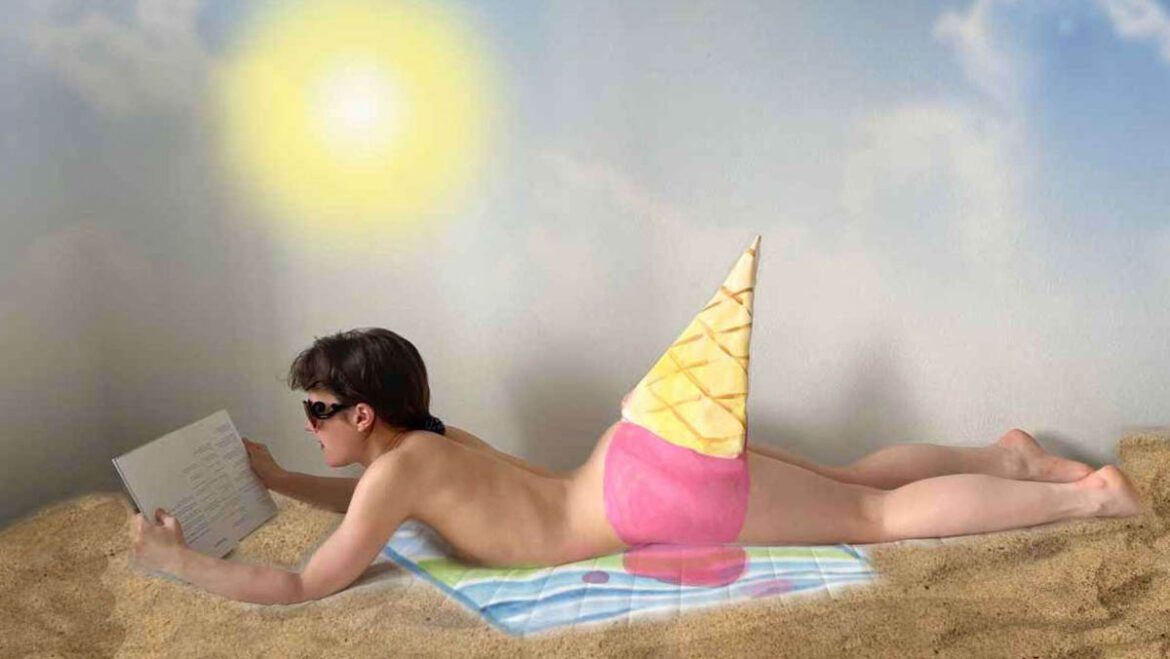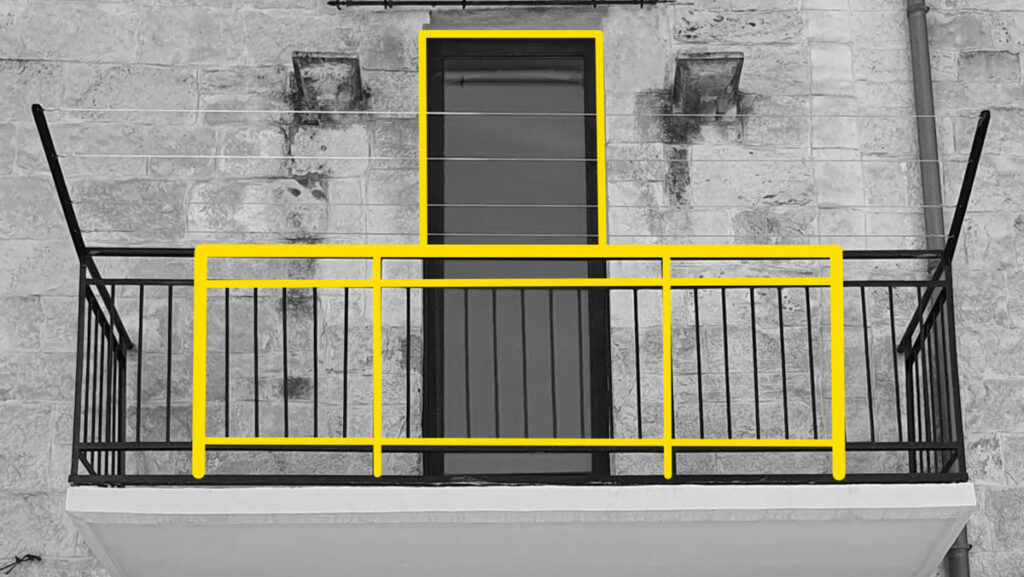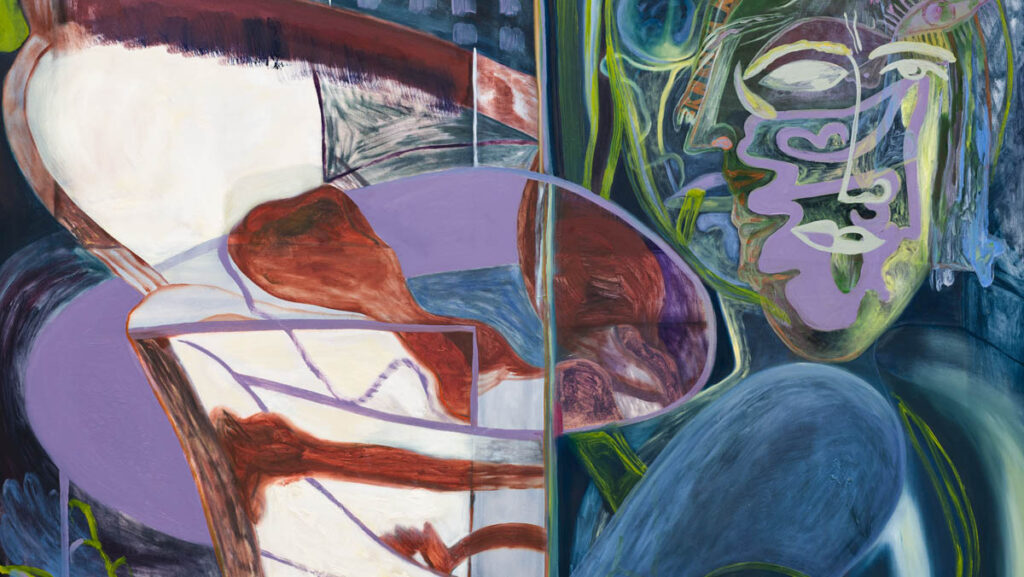In these works, Maya assumes anthropomorphic forms of everyday objects—a tube of toothpaste, a fried egg, an ear—blurring the lines between human and thing, absurdity and intimacy. At the core of her practice lies her own body, which she uses both as a provocation and a vessel for vulnerability, confronting the viewer with playful yet unsettling reflections of identity and perception.
How’s your day been so far? What have you been up to today?
I’ve just been working on some sketches, nothing unusual.

Do you consider your performances spontaneous or carefully choreographed?
I think I unconsciously create my work. I do have a lot of thoughts, feelings, and memories, which I try to depict and reflect in my work later. So, it’s hard to say if I plan them or not, as I can’t control my brain, but I draw some sketches on my phone once something pops into my head.
How do you balance structure and intuition?
Why can’t we combine both? I think they work together; intuition creates a structure and vice versa. You don’t need to overthink sometimes.
How has your relationship with your body evolved through your art?
I embraced myself for who I am, I’d say.
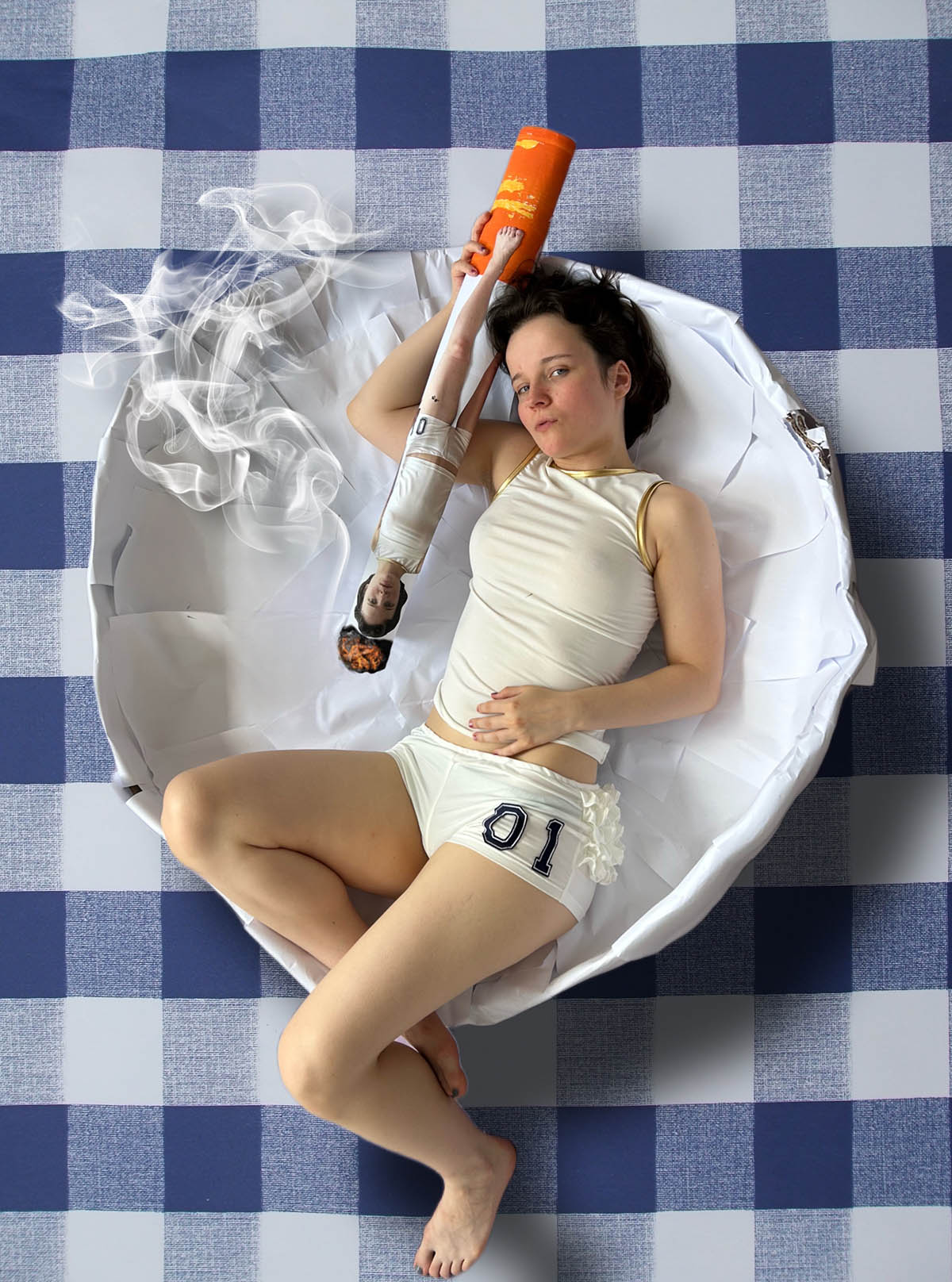
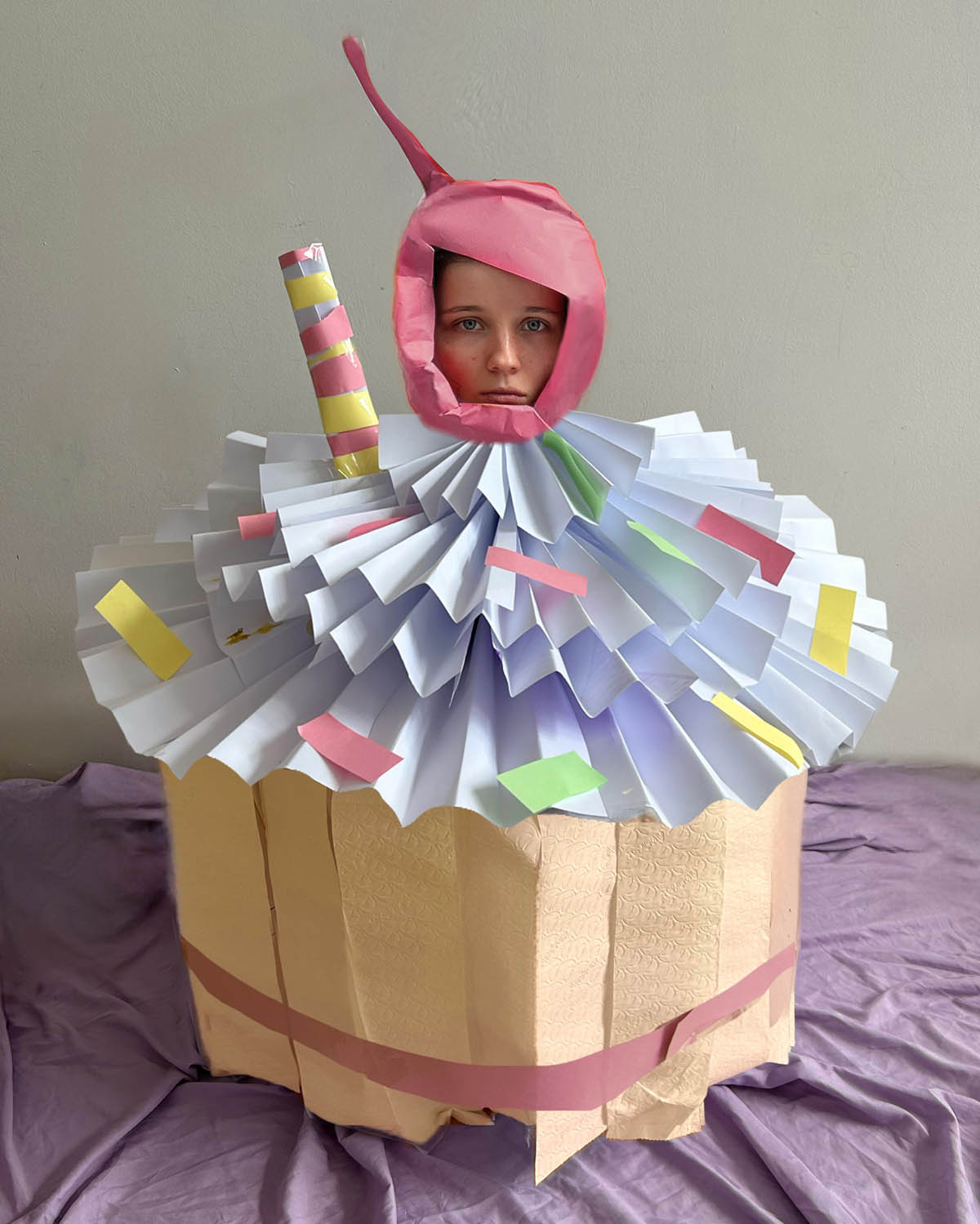
In what ways do your Russian roots and upbringing influence your artistic voice today?
I want to forget about my Russian roots because they feel like something from the past. I see my work through the lens of my artistic path in London. I left that influence behind for my dreams—it doesn’t affect me anymore. But when it all started, of course, it was a fight. I just don’t feel like it’s present for me anymore, so I doubt I could even recognize it now.
How does your experience of love—romantic or platonic—shape your artistic expression?
It has helped me find love in surreal places—even when I felt like there was no hope for a bright future anymore. I went through a lot of breakups and rejections while making my work, but it encouraged me to keep going no matter what.
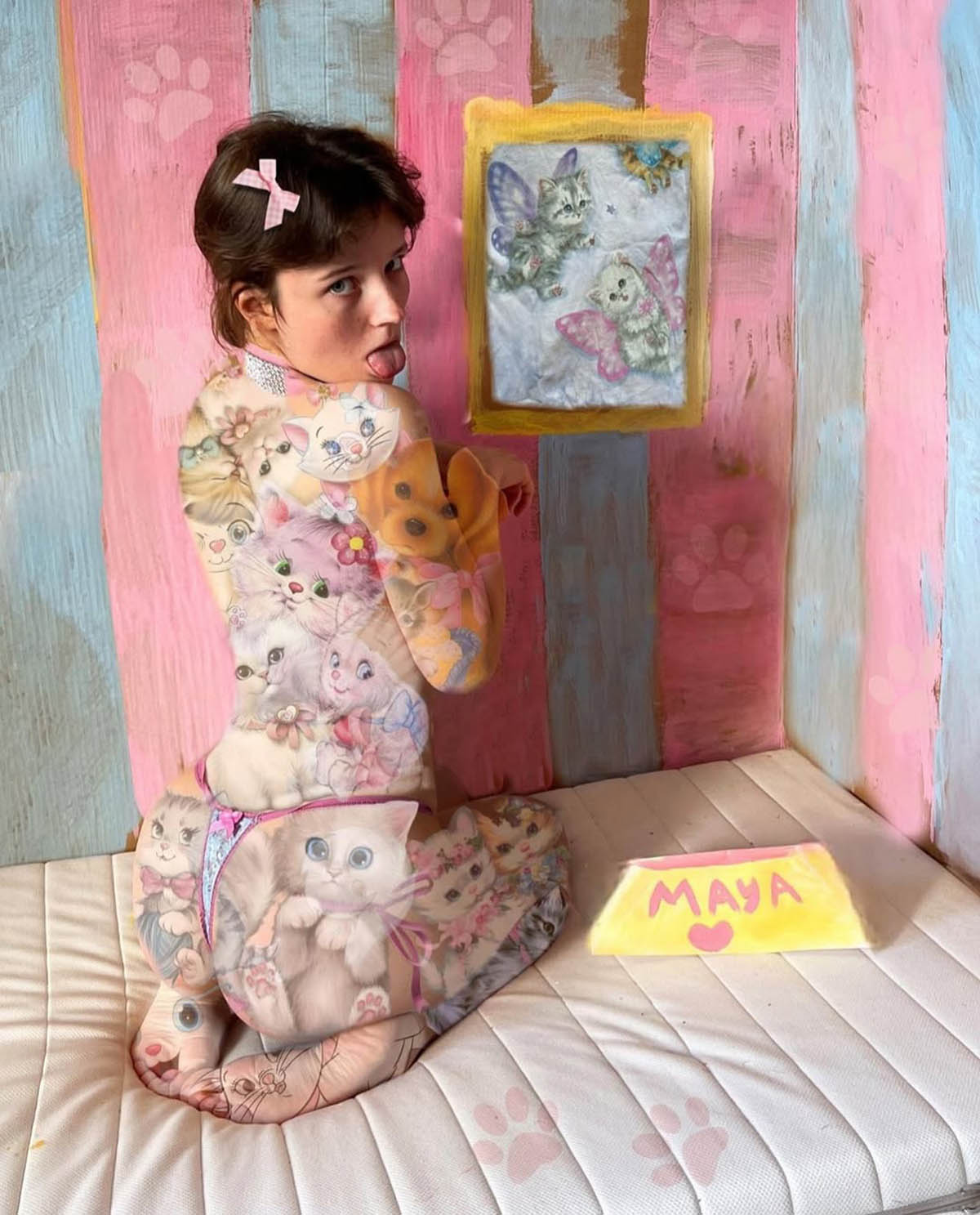
Do your friends influence your work in any way?
My friends influence my work more than they probably realize. Whether it’s through conversations, shared experiences, or just the energy they bring into my life, they often end up woven into my creative process. Sometimes it’s subtle—a phrase someone says that sticks with me—or other times, it’s more direct, like collaborating on a piece or being inspired by their creative pursuits. Having people around who are curious, passionate, or just deeply themselves feeds my imagination.
How important is friendship in your life as an artist?
Incredibly important. Friendships ground me, inspire me, and sometimes challenge me in the best way. Having people who get the creative struggle or who see the world differently—it all feeds back into the art. Even just conversations with close friends can spark whole new ideas.
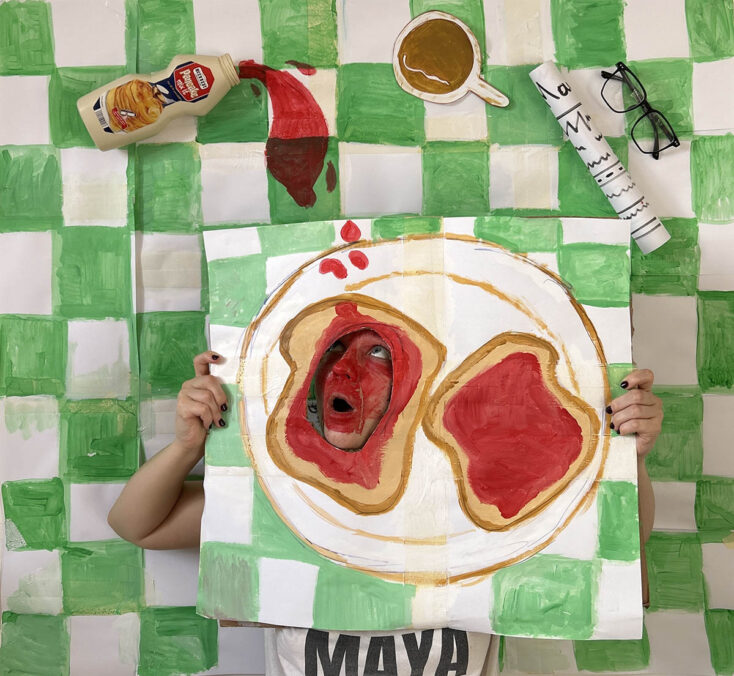
Would you be interested in collaborating with artists from different disciplines, like musicians, dancers, or writers?
I believe the most exciting art often emerges from the cross-pollination of disciplines. A dancer might translate rhythm and emotion into something that ignites a visual idea. A musician can set the mood for an entire piece. And writers—oh, the storytelling potential they bring! Collaboration breathes fresh air into the creative process, opening up unexpected paths and possibilities.
What activities outside of art feed your imagination?
Oh my god, there are so many! I love coffee walks, listening to tacky music, and dancing.
What are you currently working on?
Let’s keep it in secret, but I’m super busy
How are you planning to spend your weekend?
Ideally? Slow mornings, sketchbook in hand, maybe catching a local exhibit or meeting a friend for coffee. If I’m lucky, I’ll carve out time to just make something without pressure—no deadlines, just play.
Maya Golyshkina – www.instagram.com/themaiy/



